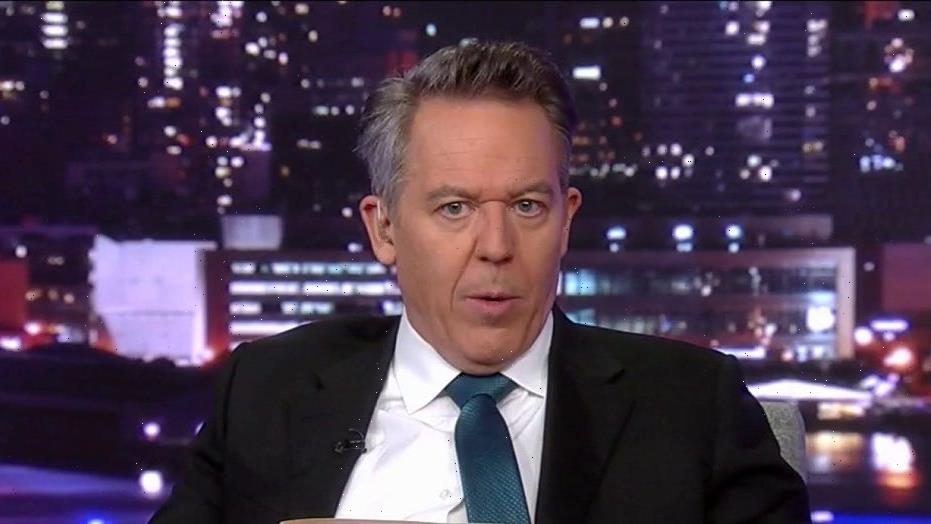With the Omicron wave finally ebbing, the biggest U.S. states that still had statewide Covid restrictions are beginning to lift many of them. California, Connecticut, Delaware, New Jersey, Oregon, Illinois, New York, and Rhode Island — all states with Democratic governors — have ended or eased their mask mandates.
The experts Rolling Stone spoke to, including two members of President Joe Biden’s COVID advisory board, agreed it’s time for broad statewide restrictions to end. Local governments should take the lead, instead, focusing on vaccine mandates and measures tailored to individual communities.
But with the political realities of the U.S., how that plays out is anyone’s guess.
Related Stories
A Porno-Metal Song About Gay Cowboys Is Disrupting the Anti-Vaxx Trucker Convoy
Thomas Massie Is Either the Dumbest Member of Congress or He's Joking About Elderly People Dying
Related Stories

RS Recommends: 5 Devices You Need to Set Up Your Smart Home
Elvis Presley: His 10 Best Country Songs
“We should not have a one-size-fits-all approach to opening up,” says Robert Rodriguez, a professor of emergency medicine at the University of California-San Francisco School of Medicine and one of Biden’s Covid advisors. “Some areas are ready and others are not.”
It’s not just Biden’s advisors who are in favor of a more local, and theoretically more flexible, response to Covid. A White House official told Rolling Stone that every community has its own unique problems with the SARS-CoV-2 virus and should come up with its own solutions.
Locally-led Covid response is part of Biden’s plan for the “next phase” of the more than two-year-old pandemic, the official says.
The big problem, however, is that even local policies could run into a wall of anti-science resistance. “We don’t care what public-health experts say,” lamented Michael Osterholm, director of the Center for Infectious Disease Research and Policy at the University of Minnesota and a member of Biden’s Covid board.
It’s indisputable that things are getting better across much of the country, two months after the highly-transmissible Omicron variant became dominant in the United States and many other countries. Nationwide, daily new cases peaked at a record 852,000 on Jan. 19 — then dropped fast.
There were just 227,000 new cases on Wednesday, and the trend is sharply downward. Daily Covid deaths, which tend to lag cases by a couple of weeks, are only slightly down from a recent high of 3,900 on Jan. 26. But if the Omicron wave is like the five previous waves, deaths should also drop fast in coming weeks.
Many states that still had statewide restrictions began lifting them as the Omicron case-rate started declining. Additionally, New York relaxed its statewide proof-of-vaccination requirement for many businesses. Local government and individual businesses can make their own decisions, Gov. Kathy Hochul said. “The numbers are coming down and it’s time to adapt.”
Vaccines and therapies make that adaptation possible. The difference between the current wave and the previous ones is that, today, almost all Americans have access to a variety of highly effective vaccines. On Feb. 1, Pfizer asked the U.S. Food and Drug Administration to approve the first Covid vaccine for kids ages six months to five years. Everyone else is already eligible — and anyone over 12 can get a booster.
Wider vaccine eligibility and powerful new therapies mean we’re not experiencing the same pandemic we were even just a few months ago. The implication, as far as statewide restrictions on business, schools and public gatherings, is clear. “I am vocal about the need to lift them and move on,” says Ali Mokdad, a professor of health metrics sciences at the University of Washington Institute for Health.
It’s not that the pandemic is over. There almost certainly will be new variants and fresh surges in infections as the virus continues evolving and finds pockets of unvaccinated people. But local governments should handle Covid on a “granular basis,” Rodriguez says.
“For example, there are areas of California that have very high — greater than 94 percent — vaccination rates and very low levels of Covid in the community that should open up,” he explained. “Conversely, there are other areas of California with low vaccination rates and high levels of disease in the community that should not.”
“Some areas are ready and others are not,” Rodriguez says. Whether localities have the political will to maintain their own restrictions is an open question.
In any event, mask mandates should be the first to go, Osterholm says. More to the point, sloppy and ineffective mask mandates should end, he stressed. Most statewide and local mask mandates in the U.S. allow cloth and surgical masks and don’t address how well the masks fit.
Poorly-fitted cloth and surgical masks are all but worthless, Osterholm says. “The data are clear and compelling that it’s N95 respirators that are important.” All other forms of masking are “symbolic,” he adds.
A vaccine mandate — whether by governments or businesses — is the most effective public-health policy, according to Osterholm: “That’s what we need to be focused on.”
But vaccine mandates have become politically fraught. While many cities, counties, states and businesses have vax requirements for employment, the U.S. Supreme Court last month blocked an attempt by the Biden administration to enforce a nationwide vaccine-mandate for all employees of private firms with a hundred or more workers — a decision many legal experts said had little to no basis in the law.
The top court did allow the administration to enforce a vax-mandate for healthcare facilities.
The Supreme Court’s partial rejection of what would have been perhaps the best policy for driving down the Covid case-rate reflects the growing distrust, among many Americans, of any and all public-health expertise. That could cause problems as the pandemic becomes less of a national and state burden, and increasingly falls on the shoulders of local officials.
Maybe counties and cities are the best place to craft public-health policies, as Rodriguez explains. It’s an open question, however, whether the residents of counties and cities — a vocal minority, at least — will allow those policies.
“We’re in the midst of two pandemics,” Osterholm says. “One with Covid, causing tremendous pain and suffering. But the second pandemic is a lack of trust in government and public health. That one has major challenges ahead for us.”
Source: Read Full Article


